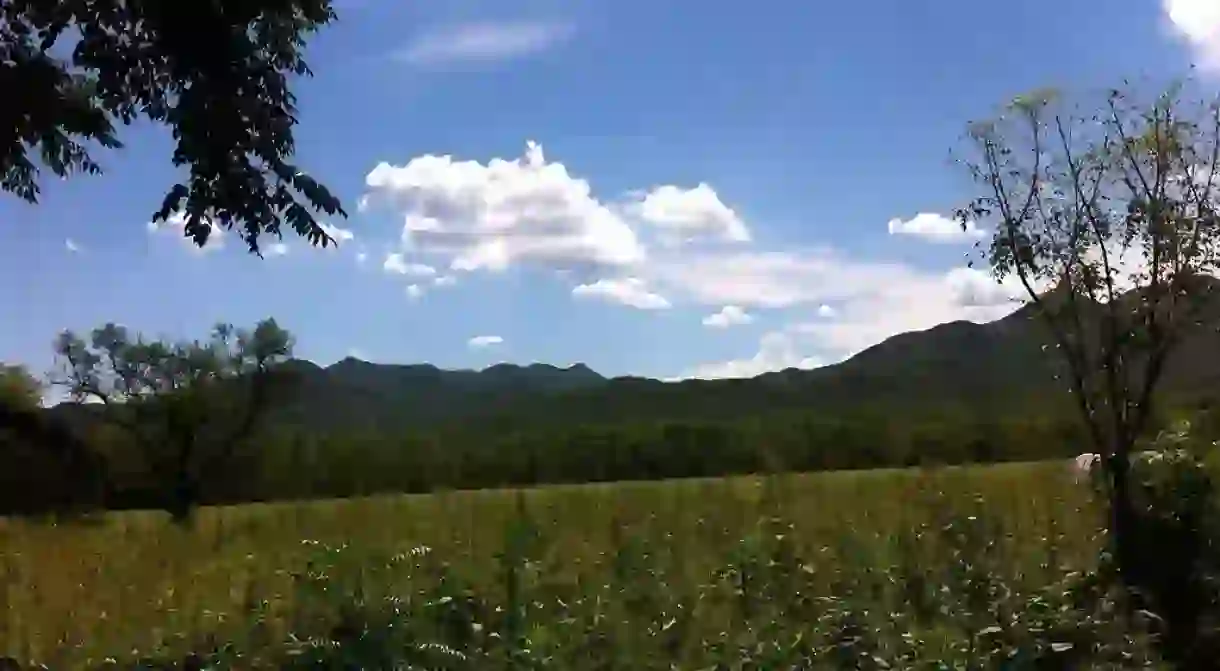A Guide to the Towns in Río Sonora Valley, Mexico

Sonora is not a state which often makes it onto the bucket list of most casual visitors in Mexico. However, if you give this northern destination a chance you might just be surprised by its hidden potential, especially in the Río Sonora Valley (a.k.a. the Sonora River Valley) region.
Background
Now a popular day trip from the state capital of Hermosillo, the area was once relatively deserted, only made more widely accessible by the construction of a road running along the length of the river in the 1970s. Having existed for centuries prior to that, it’s no surprise that you might feel like you’ve gone back in time when you stop by the one (or all) of the numerous small towns and villages, where Catholic mission culture mingles with indigenous identity.

The towns
One of the principal colonial towns in the region is Banámichi, whose name means ‘where the river turns’ in the language of the native Opata people who’ve inhabited the Río Sonora Valley for centuries. It also happens to be a great example of a typical Sonora River Valley town: dominated by cattle ranching, settled by Jesuits and home to a 17th-century temple. However, one thing that does help it stand out from the crowd is the presence of a petroglyph, which supposedly depicts the irrigation map used by locals hundreds of years ago.
Similarly to Banámichi, Bacoachi takes its name from the Opata language and means, rather appropriately, ‘place surrounded by water’. Given the proximity to the Sierra Madre Mountains, Bacoachi is also one of the key ecotourism (and hunting) sites in the Sonora River Valley. Much like the majority of the region, this town’s principal industries are agriculture and ranching.

Moving north, Cananea is the entry point to the Sonora River Valley. Despite being officially founded at the turn of the 20th century, it was certainly on the radar of Jesuits in the region from the time gold and silver mines were discovered there some 200 years prior. Nowadays, this is a small but thriving zone with historic buildings, churches and museums, as well as one of Latin America’s most important observatories. As you might imagine, mining remains a key industry in the region.
If you’re looking for a town where you can experience some typical local festivities though, look no further than Huepac which celebrates the Fiesta de San Lorenzo on August, 8 each year. Beyond that, Huepac (which means ‘wide valley’) is also home to an impressive church and houses a copy of the Mexican Act of Independence in the town hall.

Nearby water parks and natural hot springs draw visitors to Aconchi, not least for the supposed curative properties of the waters. However, water activities are far from the only attraction, as the church has a ‘Black Christ’ on display -something of a rarity in Mexico. It’s in Aconchi that you should pick up some mementos of your visit in the form of expertly crafted wood furniture.
Formerly both the state and provincial capital, Arizpe was an important stop in the Sonora River Valley area and continues to be so to this day, most notably thanks to the 17th-century church built by the Jesuit missionaries and 20th-century clocktower which adds a different air to the architecture of the town. Meanwhile, Baviácora perhaps has the most ‘modern’ architecture in the region and is also home to plenty of picturesque olive trees, while Ures (which, like Arizpe, was formerly the capital of Sonora) boasts haciendas for guests and a 17th-century cathedral that’s well worth a visit.

For a peek into the past, Magdalena del Kino (which is often recommended as a base for exploring other towns) might be your best bet. After all, the well-known Mexican missionary Padre Eusebio Kino was laid to rest there. Don’t forget to explore the nearby ruins of Cocóspera and the indigenous artwork in Pitiquito either. But whatever you do and wherever you go in the Río Sonora Valley, be sure to knock back a bacanora or six (a type of Sonoran mezcal), admire the sweeping vistas and explore the historic edifices.













